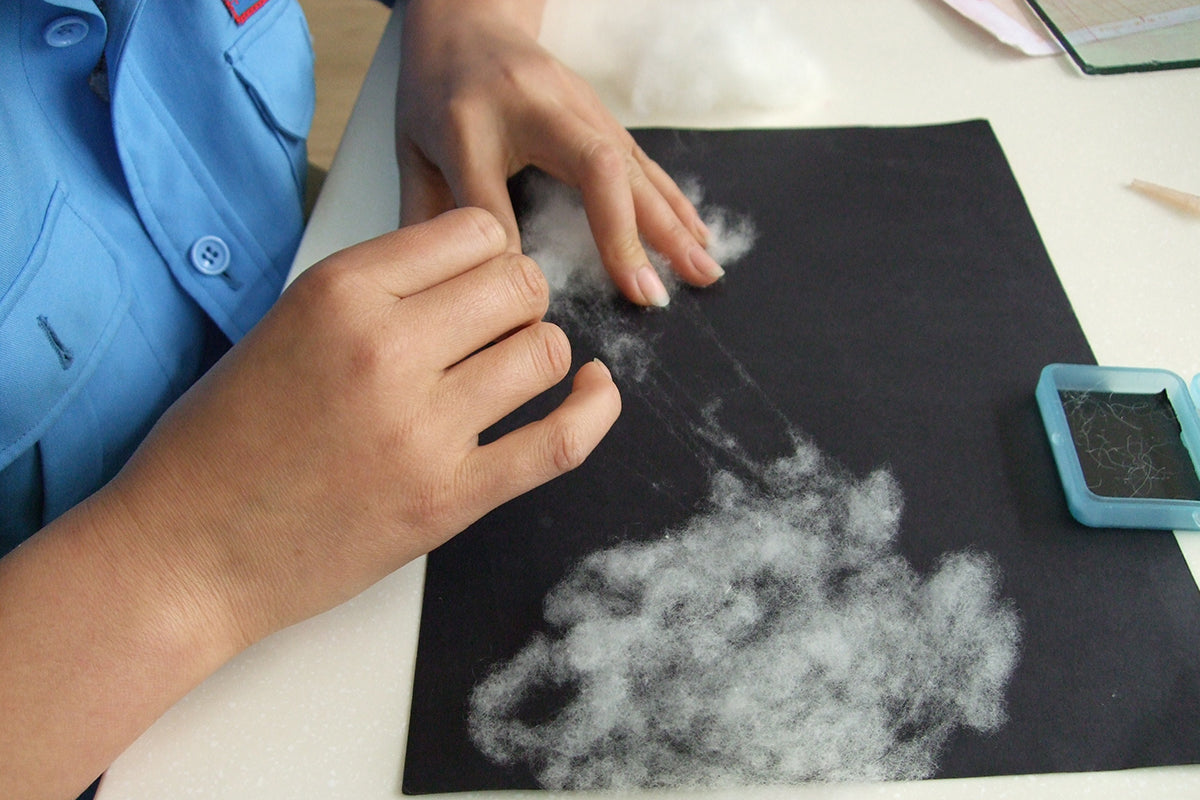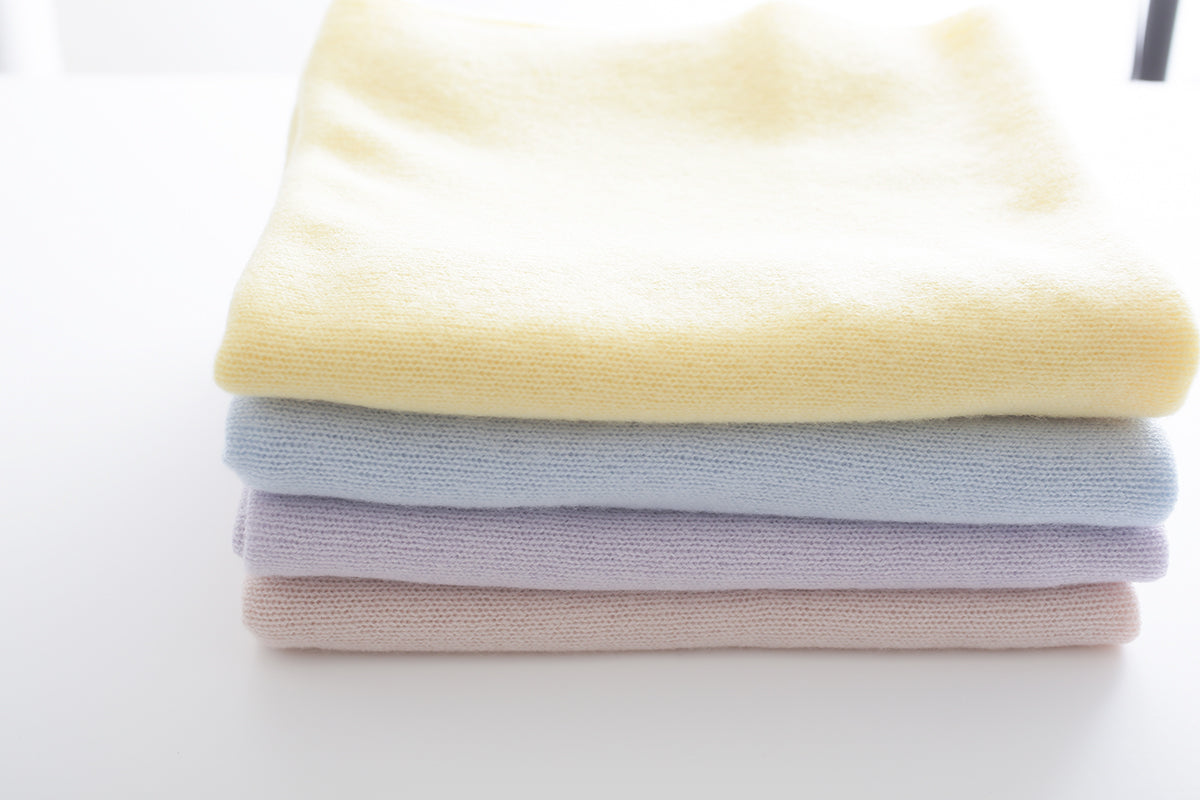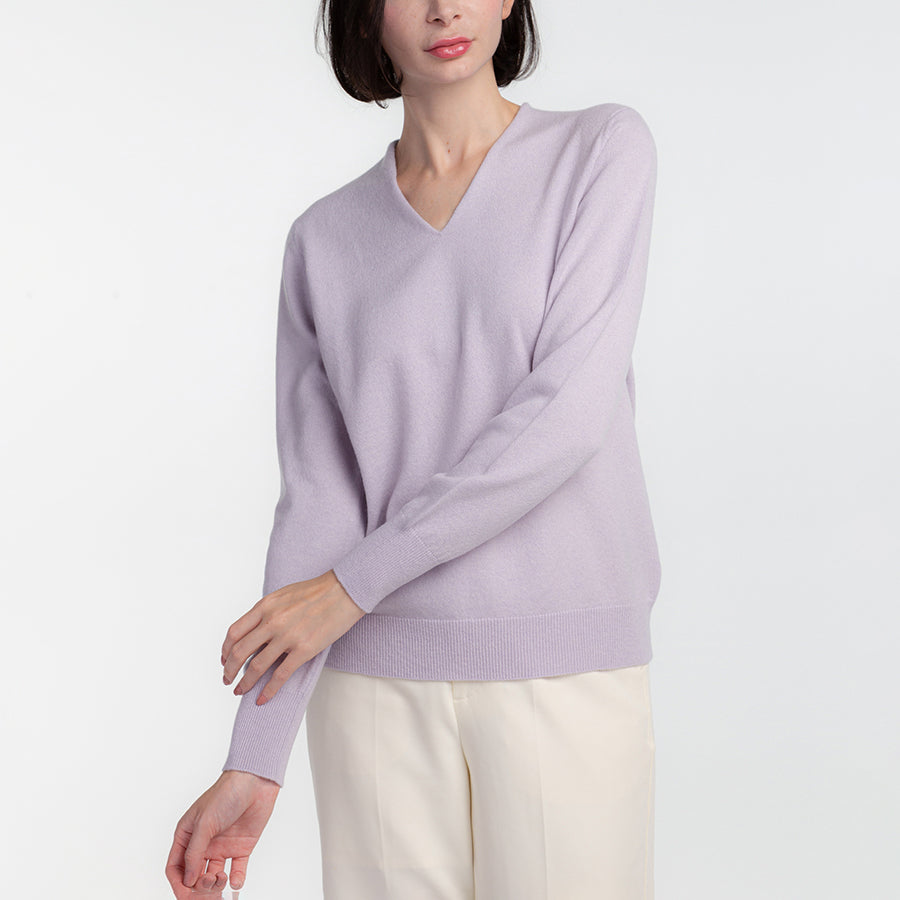The Source of Warmth of Cashmere-knitwear: "Air"
Exploring the Properties that Make Cashmere-knitwear Light, Soft, and Warm

Cashmere captivates us with its warm, fluffy softness and lightness, but what makes it so warm and soft?
To decipher this, let's first examine the nature of warmth. Maintaining warmth involves preserving our body heat from being stolen by the frigid outside air and preventing the heat we generate from escaping.
The "air" significantly aids in this crucial function of our clothes. Moving air chills our skin, inducing a sense of cold, while still air boasts a high insulating effect. This is due to air's low thermal conductivity, meaning it doesn't transmit heat effectively. Consequently, the degree of "warmth" we feel depends heavily on the amount of still, poor heat-transmitting air a garment can retain.

Clothing is primarily crafted from yarn, which is made from various materials such as cotton from plants, hemp, animal hair, and synthetic fibers. The process of producing yarn involves bundling and twisting these materials together. This means that the finer the material, the more air it can trap, even if the thickness of the threads is the same. Of all the animal hairs employed in commercial clothing, "cashmere" stands out as the finest.
This exceptional fineness results in cashmere garments being lightweight, supremely soft, and impressively warm. Thus, the secret behind cashmere's warmth and softness is primarily due to the "air" it encapsulates.






